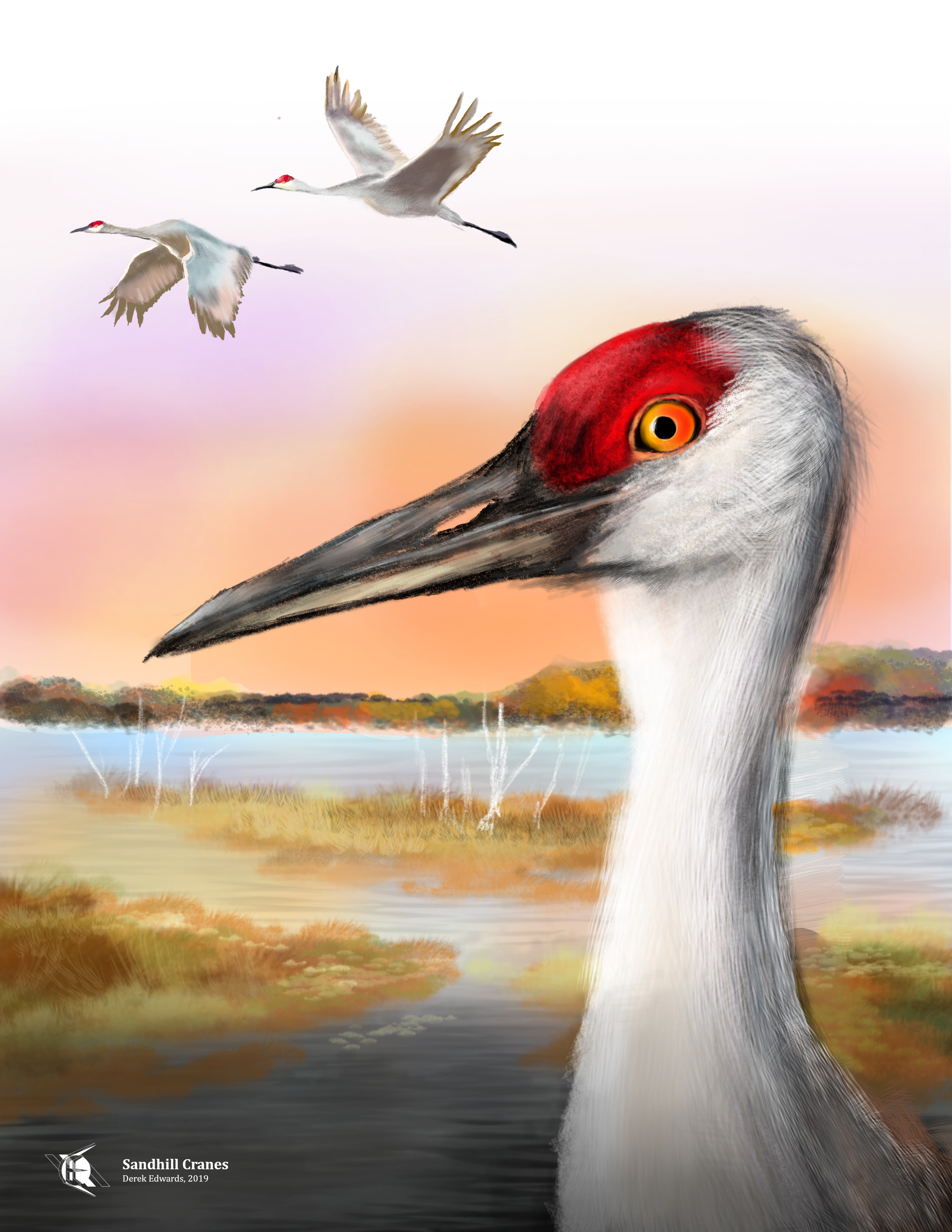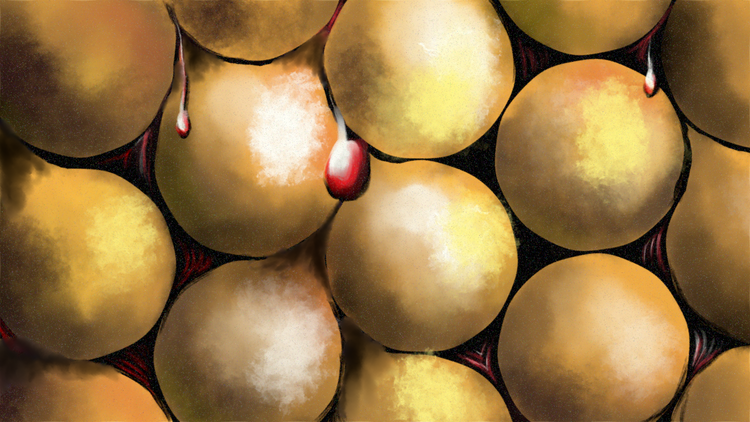
Running Commentary 10/11/2021
Hello,
I've had a big week of birding. Last Tuesday I was finally able to arrange a trip to the property of the Muskegon wastewater treatment plant, which, while not exactly sounding like any sort of great destination, is one both for migrating ducks and for the people like myself who like to view said ducks. The plant has two huge retention lagoons that serve as either stop-over points or wintering grounds for all sorts of waterfowl, most especially Ruddy Ducks and Northern Shovelers. I saw thousands of ducks there.

I also attended the 2021 Michigan Audubon CraneFest last night (though, because newsletters aren't live, I haven't actually been there yet at time of writing. Expect to hear about it in next week's RC. Until then, I wrote about attending the last CraneFest, back in 2019, in my birding piece in Ordinary Times.)
Anyway...
Watching...

Black Widow
So I finally saw Black Widow, now that it's on Disney+ without any additional rental fees. Yes, I'm cheap. Expect a full review this week, What I'll say now is that it's better than I expected it to be, but I found it uncharacteristically brutal for an MCU film. Still, if you liked Captain America: The Winter Soldier I think you'd probably like Black Widow too. It's a fine send-off for Natasha Romanoff.
Star Wars: Visions
This week we have the third installment of Visions, "The Twins":

- The thing that struck me the most about this episode was that the dialogue was really terrible. After the first minute or so goes by in silence, there is non-stop talking, most of which could have been cut out. If we've seen a character's chair empty, we don't need someone to say they've left. If we are told someone's power armor will explode if they overuse it, and then they overuse it and it starts exploding, we don't need someone to say "Look! They've overused their power armor and now it's exploding!" I've seen this problem a lot in Star Wars animation, even the really good stuff, where it seems that, since they've hired voice actors, production seems to feel the need to have constant talking to justify it.
- This short dares the audience to complain about the science. "Are people just gonna be hanging out in space, no helmets? You bet they are! What's more, when a droid goes out of the ship, he will be wearing a helmet. What are you gonna do about it. Dr. Tyson?"
- "The Twins" goes with an older interpretation of lightsabers working by focusing energy gathered through the Force from the wielder's surroundings. This is explained ad naseum in the aforementioned overabundant dialogue, but it does allow for the most memorable moment of the short, wherein a lightsaber becomes giant-sized and cuts a Star Destroyer in half lengthwise.
- Add Neil Patrick Harris and Allison Brie to the List. These will be good picks for my "Who Wasn't in Star Wars?" trivia since I don't see "The Twins" getting remembered much.
- Altogether I think this story was a bit much to try to tell in ten minutes.

Bird of the Week
This past weekend was the Michigan Audubon annual CraneFest. when hundreds of birders gather to watch thousands of this week's birds gather in Big Marsh Lake, a wide, shallow expanse of ponds in Calhoun County, Michigan. Sandhill cranes spend most of the years in mated pairs, accompanied by (usually singular) offspring. During their migration seasons, they gather into large flocks, depending on numbers for safety as they travel. Their breeding range extends from the northern United States through Canada to Alaska, with a small population even nesting in far eastern Siberia. They winter along the Gulf Coast or in central Mexico. Certain sub-species are resident in Mississippi, Florida, and Cuba. With the advent of human agriculture in the intermediate regions, some cranes have begun to stop-over for more extended periods, feeding in grain fields. Consequently, they are locally a nuisance in states such as Tennessee, which has led to the controversial introduction of hunting seasons in these states.
Sandhill cranes are the second tallest birds in North America, standing a bit less than 4 feet tall when they pull themselves upright. They are grey in plumage, though they often paint themselves a rusty brown with mud to better hide from predators. On their forehead is a heart-shaped bald patch of red skin. As cranes, they are distinguished from the similar-looking storks, herons, and egrets by their trumpet-like vocalizations, their more varied diet, and their practice of keeping their necks outstretched in flight.
Sandhill cranes are named for the grass-covered dunes flanking the Platte River in Nebraska, which is the single most important stopover site for migrating cranes. Their binomial is Antigone canadensis. Linnaeus named them "Grus canadensis", meaning "Canadian crane". "Antigone" is a Greek term meaning "in place of the parents" or, more colloquially, something like "worthy heir". This name was most famously given to the daughter of the mythical Oedipus of Thebes, but it was also given to another princess of classical myth, the daughter of Laomedon of Troy. That Antigone insulted Hera, queen of the gods, which earned her having her hair turned to snakes. Later, she was turned into a stork who ate the snakes. When naming the sarus crane, Linnaeus got Antigone of Troy confused with another woman of myth (this time not named Antigone) who had insulted Hera and wound up a crane, and so named the sarus crane "Ardea antigone". As the genus Ardea became strictly associated with herons, Ludwig Reichenbach proposed a genus also called "Antigone" to house the sarus and similar cranes. This genus was rejected for a time, but is now in use following genetic studies of different cranes revealing compelling reason to have more than one genus of cranes.
Due to their tall stature, shaggy gray appearance, and red eyes, it's been proposed that a sandhill crane was the origin of the stories of the Mothman of West Virginia.
See the full archive of birds on Notion

Curation Links
The Cactus That Came Back from the Dead | Amir Aziz, The Walrus
"Even though many species are endangered in the wild, “domesticated” populations of cacti like the golden barrel and the old man cactus thrive in foreign collections. Which raises the question: When is a species considered extinct—when it no longer exists in the wild or when it no longer exists at all?"
Persistence Pays | Sophie Haigney, The Drift
A look at politics-adjecent children's picture books. Throughout publishing, there is the unromantic truth that successful books need not be enjoyed nor even read, simply bought. They might be bought because they are widely read and enjoyed, yes, but they might also be bought because of who the author is or because owning the book serves as some sort of cultural signal. And children's publishing is especially weird, since small children don't make their own purchasing decisions. Hence, the slew of books marketed toward politically-conscious parents.
The Gradual Discovery of Glasses | Stefana Sabin, Lapham’s Quarterly
From Sabin's history of spectacles In the Blink of an Eye, a look at what people of imperfect vision used to aid in reading before the invention of glass lenses.
The Game of Smash and Recovery | Kelly Link, Strange Horizons
[FICTION] A strange girl survives on a strange world with her brother, waiting for their parents to return.
See the full archive of curations on Notion






Member Commentary